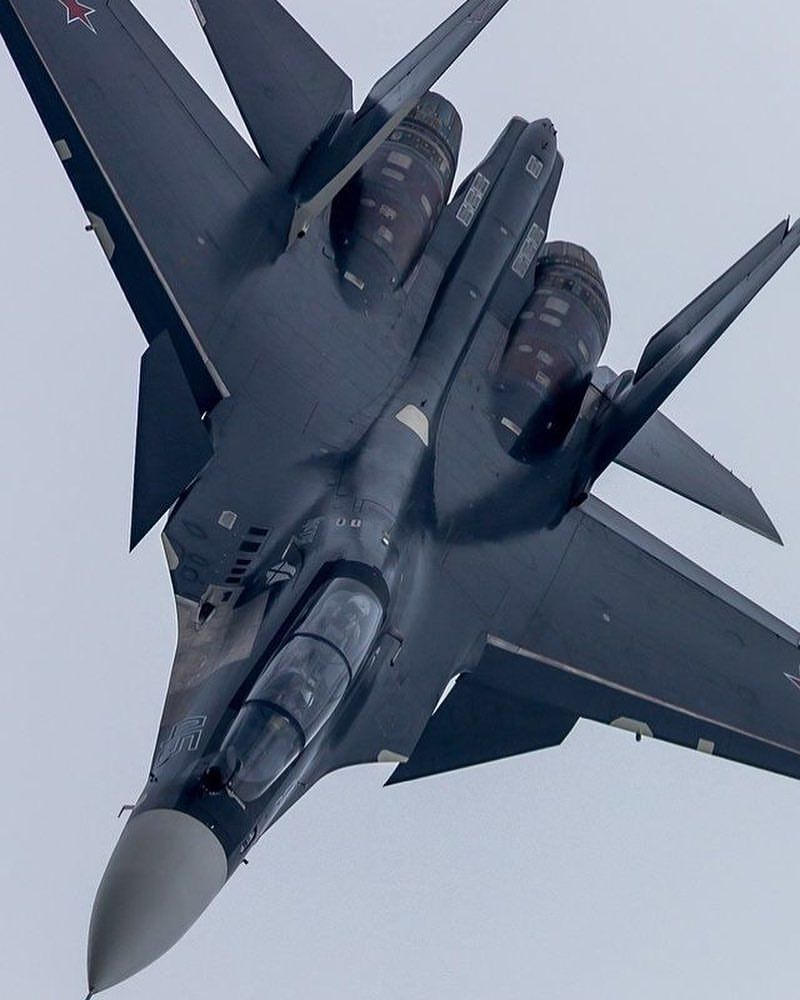SOURCE: AFI


India’s ambitious Multi-Role Fighter Aircraft (MRFA) program has attracted offers from major U.S. defense manufacturers, including the F-15EX, F-21, and F/A-18 Super Hornet. While these aircraft are formidable, the MRFA requirements may provide an opportunity for Hindustan Aeronautics Limited (HAL) to team up with Russia’s United Aircraft Corporation (UAC) and present an advanced version of the Su-30MKI—the Super Sukhoi—as a competitive bid. This approach could align with India’s ‘Make in India’ and ‘Atmanirbhar Bharat’ initiatives, delivering a capable and cost-effective fighter with high levels of indigenous content.
The Su-30MKI is already a proven platform in the Indian Air Force (IAF), known for its versatility, long-range capabilities, and ability to operate effectively in various combat roles. By upgrading the Su-30MKI to the “Super Sukhoi” configuration, HAL and UAC could offer a more cost-effective solution tailored to India’s specific operational needs, while incorporating advanced technology from the upcoming Super Sukhoi upgrade package.
The proposed enhancements could include:
Indian Weapons Package: By equipping the aircraft with an Indian-made weapon suite—including the Astra BVR missile, BrahMos-A supersonic cruise missile, and other indigenous armaments—the platform could be optimized for India’s mission requirements and provide logistical advantages over foreign weapons systems.
Indian Avionics Suite: Integrating an Indian avionics package designed by DRDO and ADA would modernize the Su-30MKI, aligning it with current-generation fighters. This upgrade would include advanced sensors, targeting systems, and electronic warfare capabilities, enhancing the platform’s versatility and survivability.
Composite Airframe Components: Replacing parts of the airframe with composite materials would reduce weight, enhance durability, and improve the aircraft’s radar cross-section, making it stealthier and more agile.
Advanced AL-51 Engines: The Russian AL-51 engines are a powerful upgrade, potentially offering better thrust and fuel efficiency than the existing AL-31 engines, along with greater reliability.
Advantages of a Super Sukhoi Over U.S. Competitors
Technological Modernization: With the planned avionics and engine upgrades, a Super Sukhoi variant could bridge the gap between the Su-30MKI and future 5th-generation fighters like the AMCA. The advanced avionics suite, electronic warfare enhancements, and updated engines would enable the aircraft to operate effectively in high-threat environments, maintaining competitiveness with current-generation Western platforms.
Cost-Efficiency: A Super Sukhoi variant could likely be offered at a significantly lower price than the F-15EX, F-21, or F/A-18 Super Hornet, especially with indigenous avionics and weaponry reducing reliance on foreign technology. The MRFA program demands a high volume of fighters, and a cost-effective option like the Super Sukhoi could save billions in procurement costs.
Indigenous Content: The partnership between HAL and UAC would ensure a substantial level of domestic manufacturing and maintenance capability. With a higher indigenous content, India would benefit from a smoother maintenance and supply chain while reducing dependence on foreign vendors for spare parts and upgrades.
Strategic Continuity: Given that the IAF already operates a large fleet of Su-30MKIs, integrating an upgraded version would simplify training, operational integration, and logistical support. Unlike introducing a completely new platform, a Super Sukhoi variant could leverage existing infrastructure and operational knowledge, allowing a smoother transition and faster deployment.
A Super Sukhoi variant of the Su-30MKI could be a “low-hanging fruit” in the MRFA competition, especially considering the IAF’s familiarity with the platform and the cost advantages it offers. HAL and UAC have an opportunity to present a competitive, indigenous alternative that aligns with India’s strategic goals, supporting the IAF’s modernization requirements and reducing dependency on foreign systems.